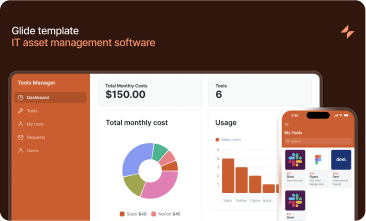Deep learning, a specialized branch of machine learning, has redefined AI by enabling systems to automatically learn complex data representations.
- Activation Functions: ReLU, sigmoid, tanh
- Backpropagation for learning
- Gradient descent and optimization
CNNs
Designed for image recognition and spatial data. Applications: facial recognition, medical imaging, autonomous driving.
RNNs
Effective for sequential data like speech and text. Variants include LSTM and GRU.
Transformers
Attention-based models that revolutionized NLP (translation, summarization, large LLMs).
- Overfitting → solved with dropout and augmentation
- Vanishing gradients → solved with residual networks
- High compute demand → solved with GPUs, TPUs, distributed training
- Computer Vision: Healthcare imaging, autonomous driving
- Speech: Voice assistants, transcription services
- NLP: Chatbots, recommendation systems, generative AI
Deep learning is moving toward hybrid symbolic approaches, neuromorphic chips, and explainable AI.
Deep learning is the backbone of modern AI breakthroughs and will continue transforming industries.




